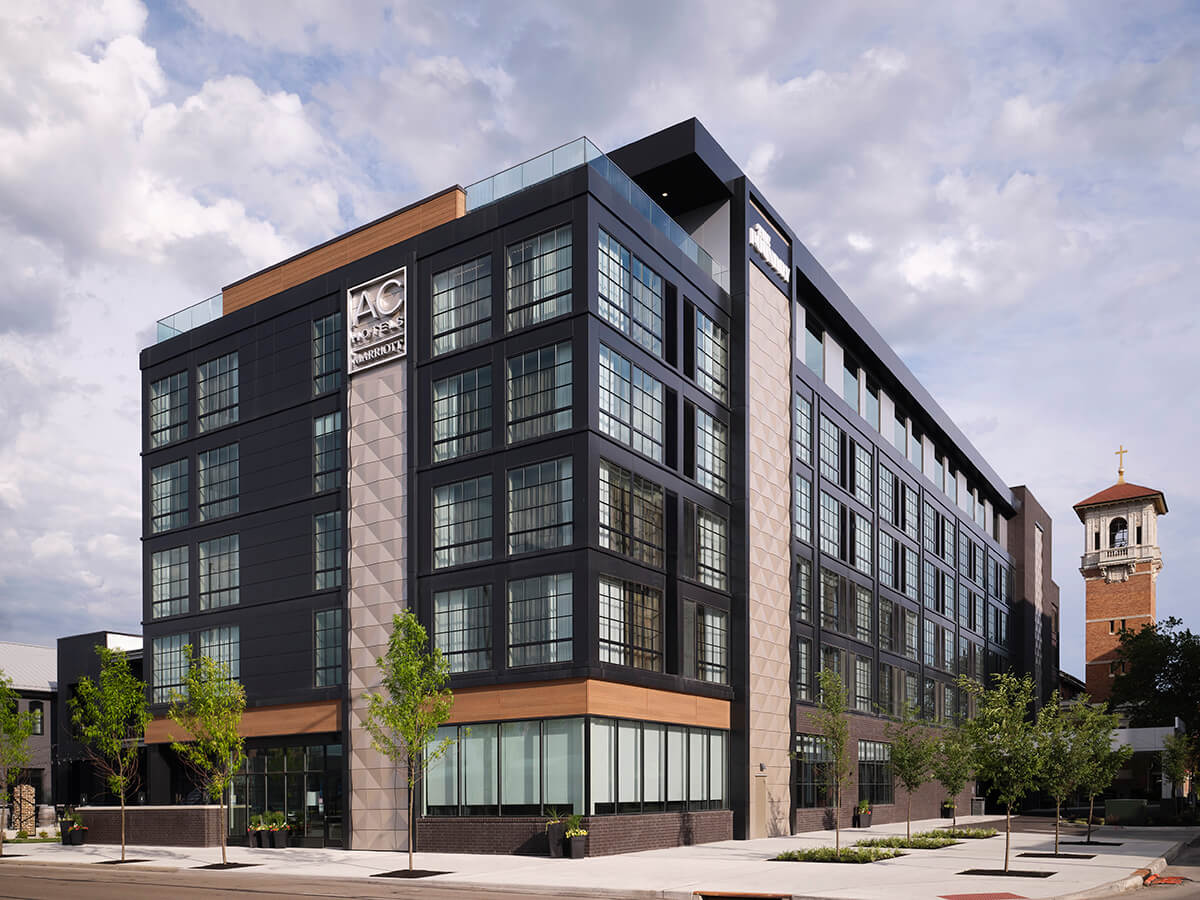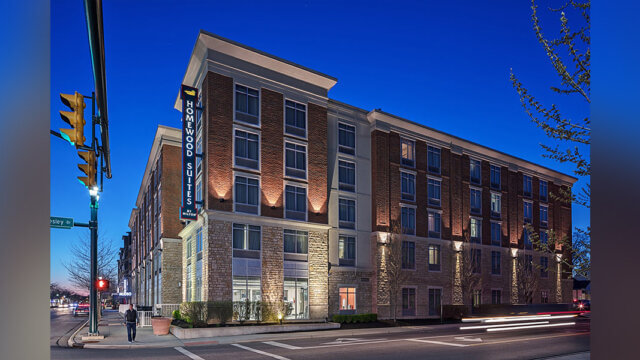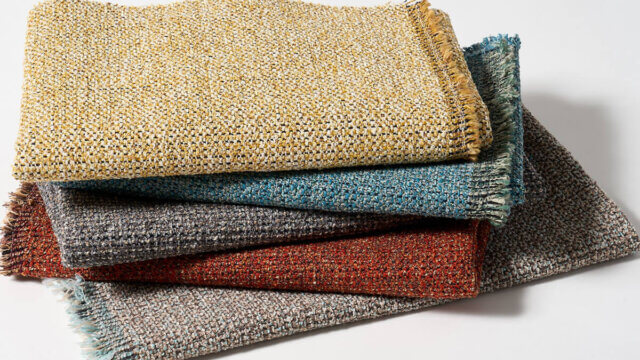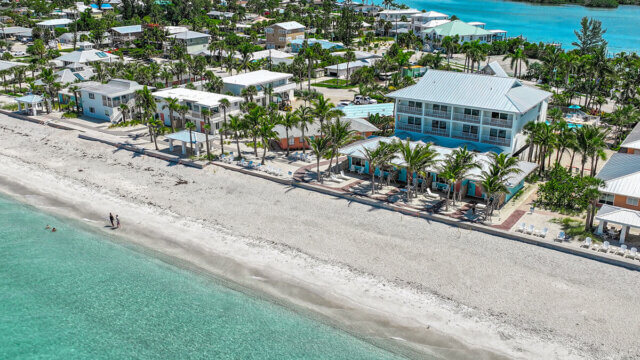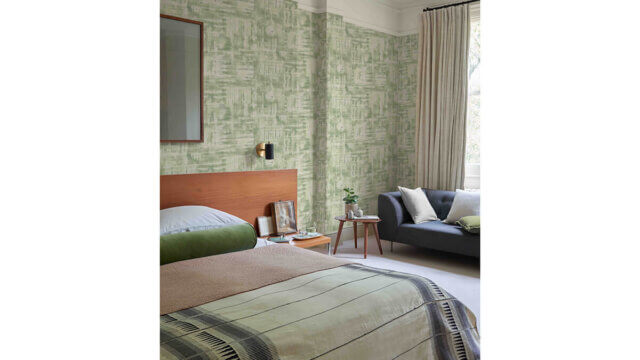For much of the 20th century, Dayton, OH, was an industrial hub—the Wright Brothers built their first plane there, not to mention the auto industry boom, and ACDelco started there.
The new AC Hotel by Marriott Dayton, developed by Crawford Hoying and operated by Shaner Hotels, not only took its design inspiration from this history but it’s located in a formerly industrial area.

“This whole district is just this very eclectic mix of new construction and really thoughtfully renovated historic and interesting existing buildings,” said Chris Meyers, principal architect/owner, Meyers + Associates, the project’s architect. “The basis of the design was really to create something new that felt like it had reason for being there relative to that history in that context. That part of Dayton had this industrial background, it’s where AC Delco was founded.”
The design team did extensive historic research to find the right look to pay homage to the area for the 100% new construction property, which is located on the former parking lot for the AC Delco factory.
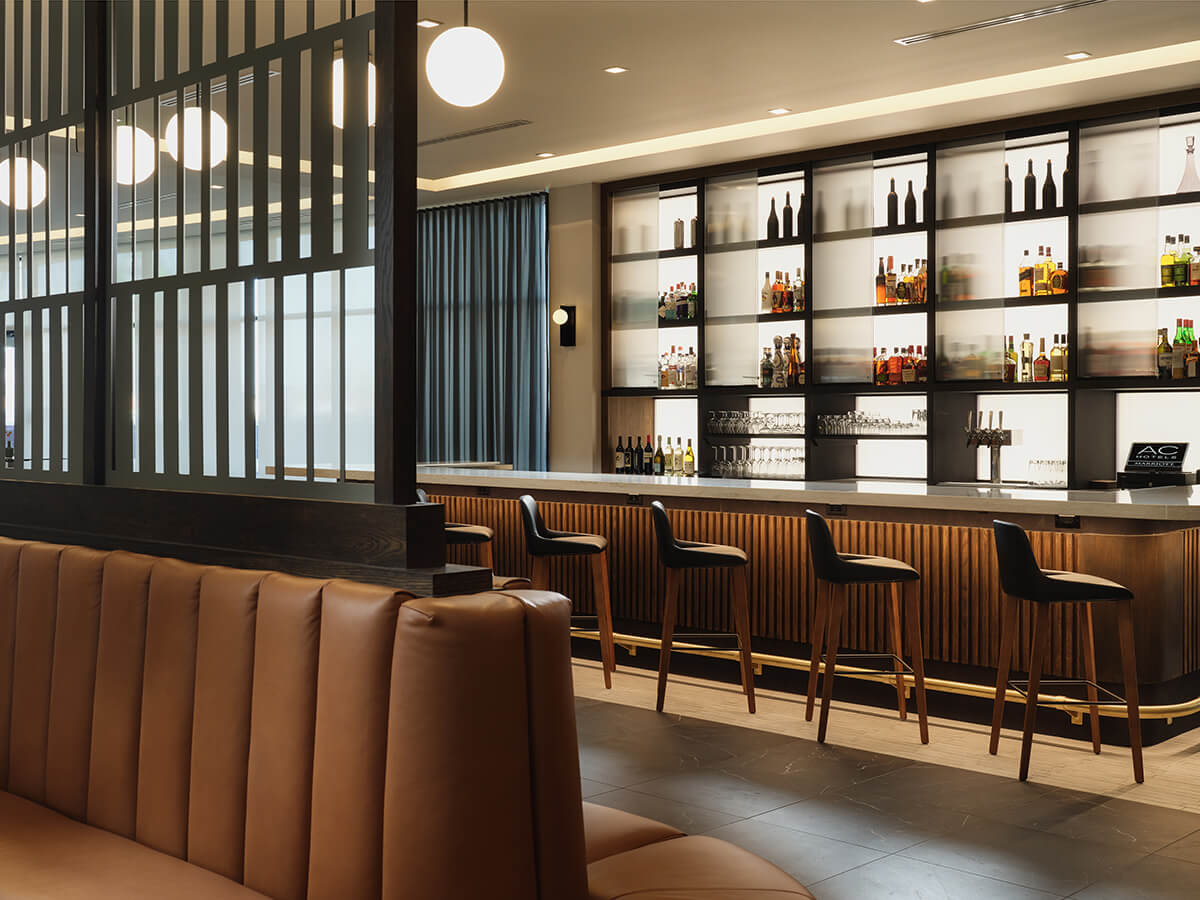
“The artwork and sculpture work in the building and some of the material selections are really rooted in archived historical information relevant to that property,” he said. “When we brought this design to Marriott, they loved it, they loved every bit of the new and the old, and really digging all the way back into the historic research of the of the property.”
Meyers said that the turn of the 20th-century period of design had its own aesthetic.
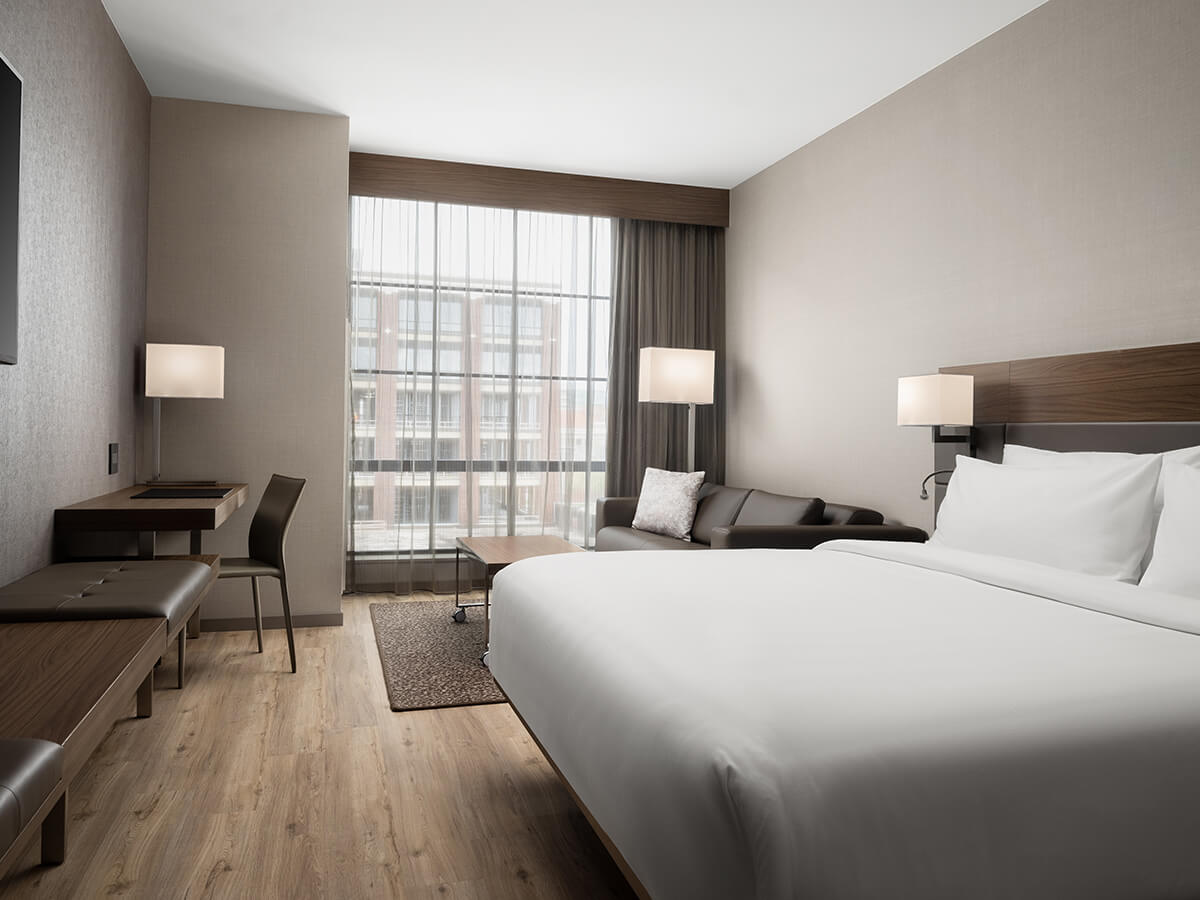
“When Dayton was really at its heyday was this moment where architecture was honest about what it is representing,” he said. “Even industrial warehouses, production-type buildings, factory buildings, all of the necessities that went into all of that great era of manufacturing really created an aesthetic of its own—great simple design when it comes to building, maybe pushing the envelope a little bit more with the beginnings of utilizing steel in construction, because right before then, concrete masonry was how things were built.”
But, while some aspects of that design were used, some changes were necessary for a modern hotel, including the need for ventilation for each of the hotel’s 134 guestrooms.
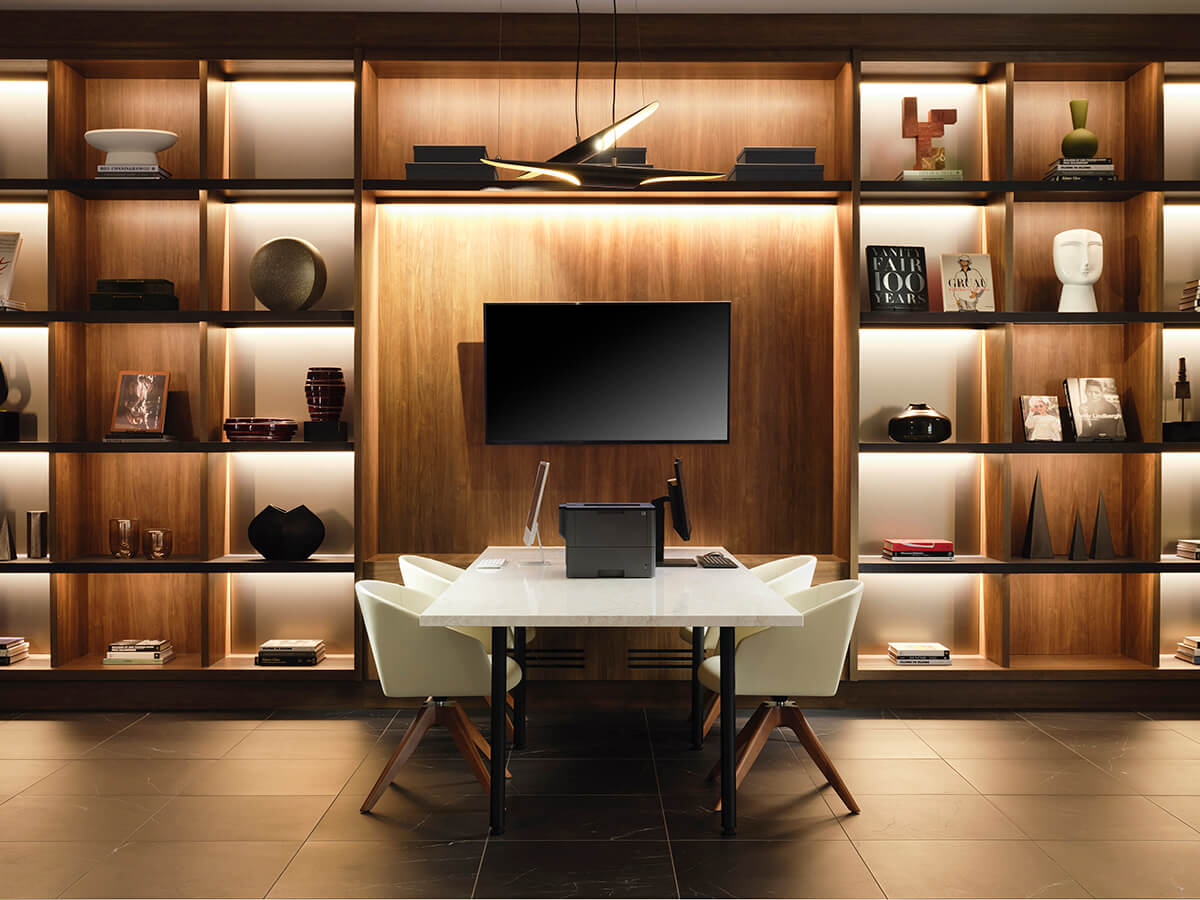
“To do a 100% glass building in this sort of hotel doesn’t really work,” he said. “What we were able to do is integrate a really large loft-like window design, integrated into a metal panel system that concealed where our mechanical units are located. And ultimately what it creates is this building that looks like a steel frame, building that’s glass and metal.”
In the same vein, the facade also makes use of faceted ACM (Aluminum Composite Material) panels.
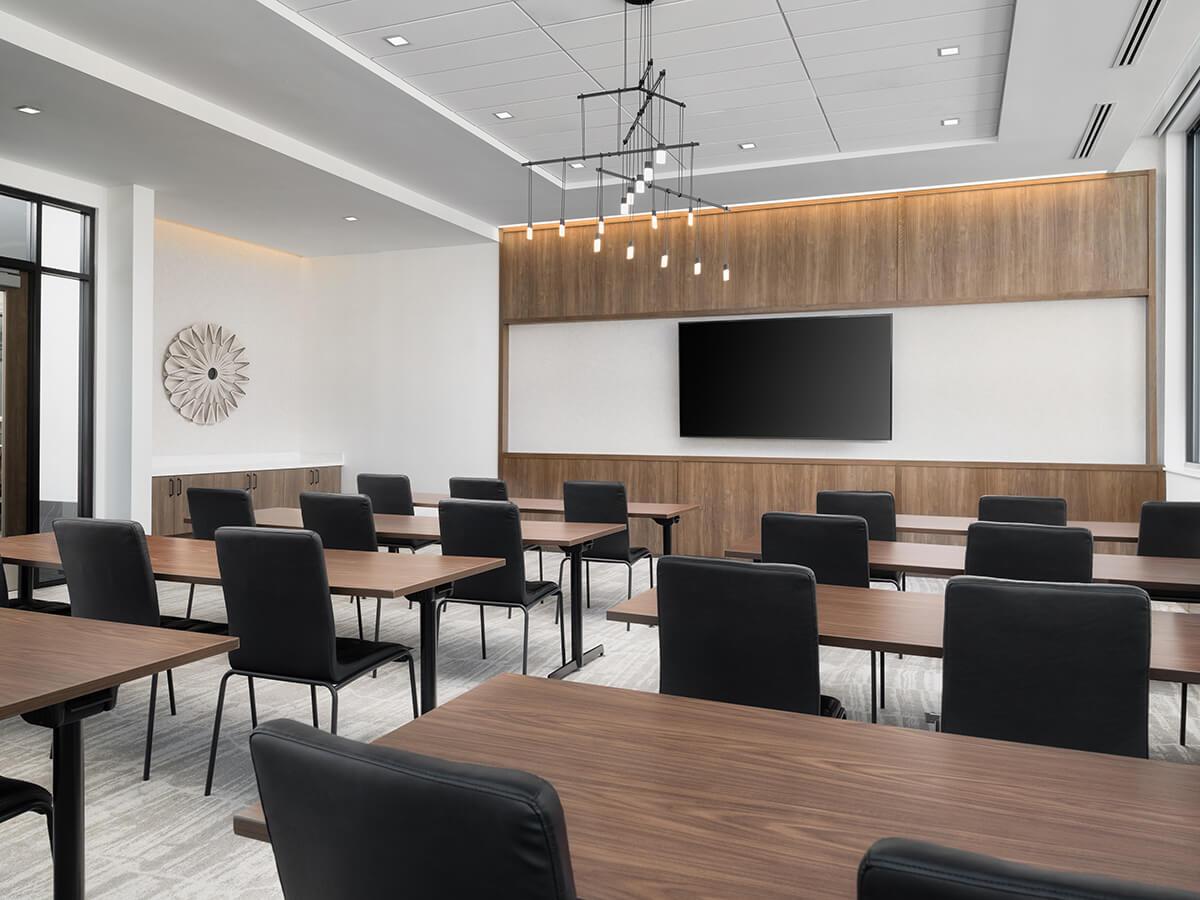
“This portion of Dayton is where all of the rivers converge,” said Meyers. “What is so beautiful about this is the way the sun hits it at different times of the day. It creates this shimmering, beautiful movement and transformation throughout the day based on how the sun hits it throughout the day. What we like about this material on the facade of the building is it creates an art piece because it is changing throughout the day.”
While the area has an industrial history, Meyers made sure to showcase a gem in the area.
“We have a beautiful Catholic Church just south of us,” he said. “The architecture on the church is really wonderful, and we wanted to start to shape and position our building, so rather than putting an art piece at the end of a hallway to look at, we put a window because the beauty that you see of the art is essentially the view of the building right next door.”
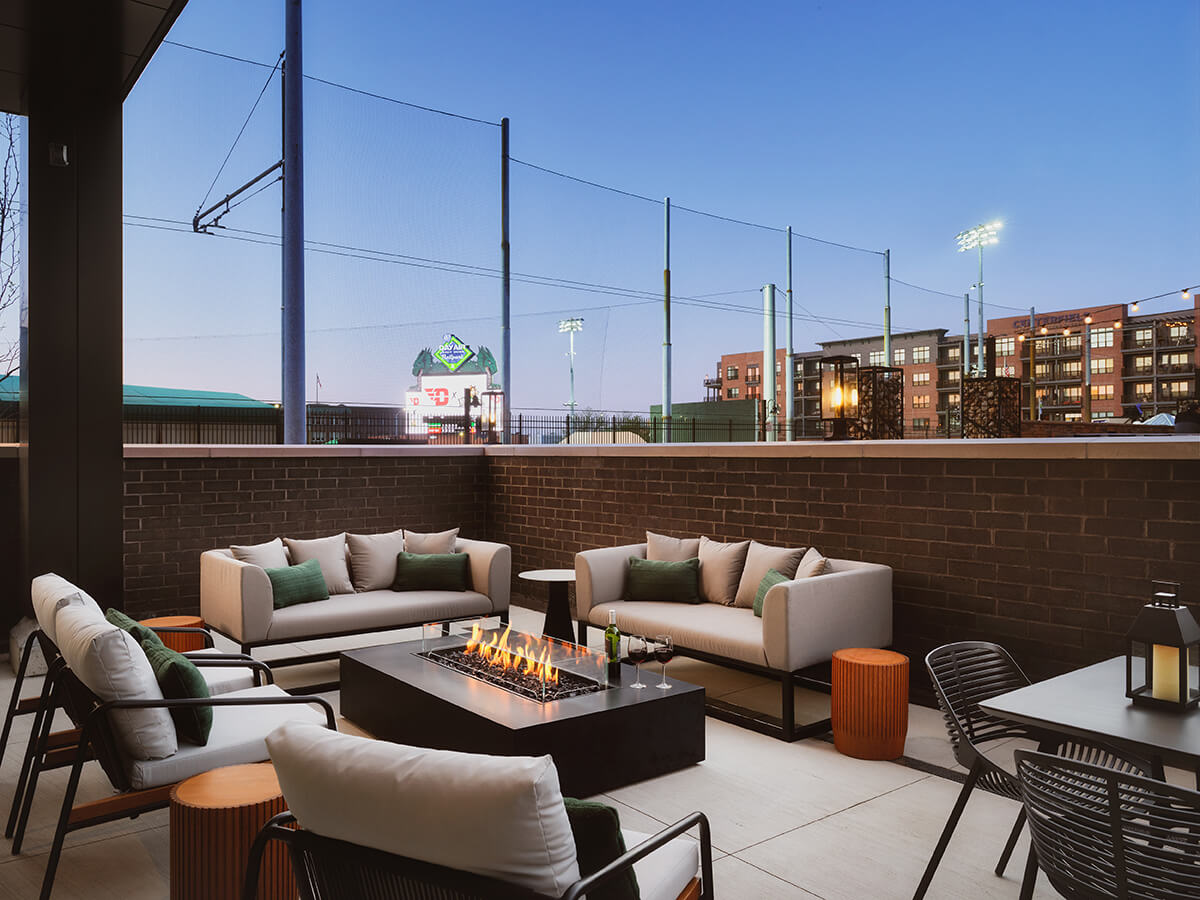
Continuing the industrial theme, the hotel’s rooftop bar and restaurant is known as The Foundry.
“At a venue like The Foundry, certainly the objective is fantastic craft cocktails and great small plates,” said Russell Hunter, EVP, design and development, Crawford Hoying. “But it is also about the visual of the creation of what is being made…The production that goes into the preparation of this food and beverage is reminiscent of the production of innovation and creation of the automotive industry from hundreds of years ago.”
The design of the modern space, led by Kimberly Orr, cofounder/design principal, Sketch Blue, has a nod to the past with Edison lamps and crafted furniture.
“The process that went into it has yielded a design approach that complements the hotel and the hotel supports the direction of The Foundry,” said Meyers.
